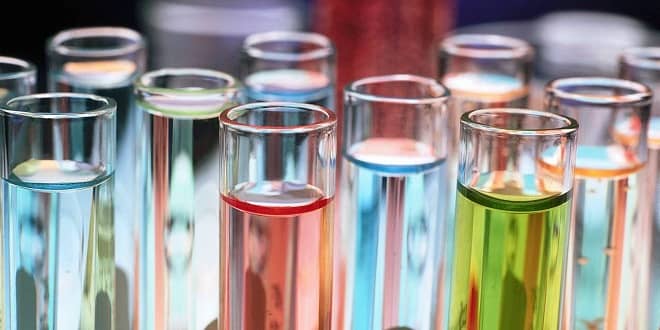Laboratory > Ph and Indicators
DISCUSSION:
An appropriate indicator will change colour at the equivalence point of the titration.Litmus is not used in titrations because the pH range over which it changes colour is too great.Universal indicator which is actually a mixture of several indicators displays a variety of colours over a wide pH range so it can be used to determine an approximate pH of a solution but is not used for titrations. Determine what species are present at the equivalence point & deduce the pH at the equivalence pointAcids – sour, turn litmus red, react with active metals to form hydrogen, react with bases to form salts and water. Bases – bitter, soapy feel, turn litmus blue, react with acids to form salt and water.
The reaction between acids and bases ensures that there are no naturally occurring strong acids or bases in the Earth’s crust. It is instead made up of many kinds of salts from which some of the many acids and bases are manufactured. Litmus is a lichen extract that is red in the presence of acid and blue in the presence of base.A table of some common indicators appears on a following page. The table lists the chemical and common name (if there is one) of the indicators, the pH range where the color change occurs, and the acid form-base form colors. pK is an expression of the normal equilibrium concentrations of the acid and base form of the indicators and the preparation describes how to prepare a solution of the indicator. These latter two data columns are of lesser interest to us. Note that many of the indicators are related, especially the “phthalein,” “nitro,” and “sulfonic” compounds. One of the indicators in the table, 2,4,6-trinitrotoluene, is commonly known as TNT.
One might say that using this indicator is a “blast.” All indicators undergo their color change from acid form to base form over a pH range. The range may be narrow – only one pH unit as for Clayton Yellow, or the range may be wider – two pH units for 1,3,5-trinitrobenzene. Some indicators, like red cabbage juice that is used in many classroom experiments, change color over two pH ranges. These indicators have an acid, neutral, and base form.
…



